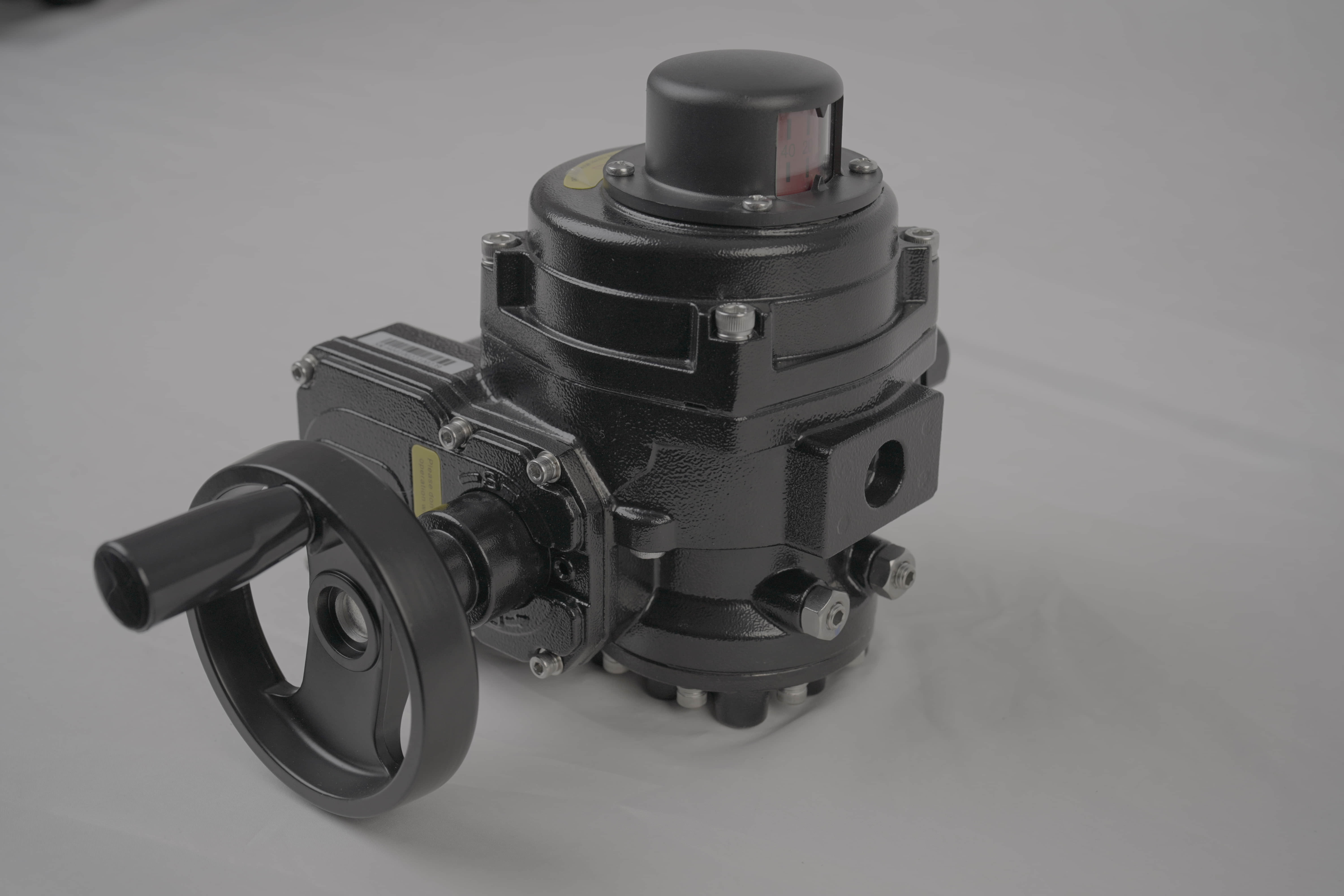the wcb lithium battery valve: enhancing safety and efficiency
Release time:2024-12-15 16:47:35
The WCB Lithium battery valve represents a significant advancement in the realm of battery technology, particularly for lithium-ion batteries. As the demand for efficient energy storage solutions grows, understanding the intricacies of components like the WCB valve is essential for manufacturers, engineers, and end-users alike. This article delves into the function, benefits, and future of the WCB lithium battery valve, highlighting its ultimate role in enhancing battery performance and safety.

At its core, the WCB lithium battery valve serves as a critical safety feature within lithium-ion batteries. These batteries, while powerful, can pose risks such as thermal runaway—a condition where a battery overheats and potentially explodes. The WCB valve is designed to prevent such scenarios by providing a reliable means to release excess pressure that can build up inside the battery during operation or due to external factors. By doing so, it ensures that the battery remains stable and safe, even under demanding conditions. One of the standout features of the WCB valve is its robust construction. Typically made from durable materials, the valve can withstand high pressures and extreme temperatures, making it suitable for various applications, from electric vehicles to consumer electronics. This resilience is crucial in today’s fast-paced world, where reliability is paramount. As we delve deeper into the specifics of the WCB lithium battery valve, its design incorporates advanced engineering principles that allow for precise pressure regulation, further enhancing the safety profile of the battery.

